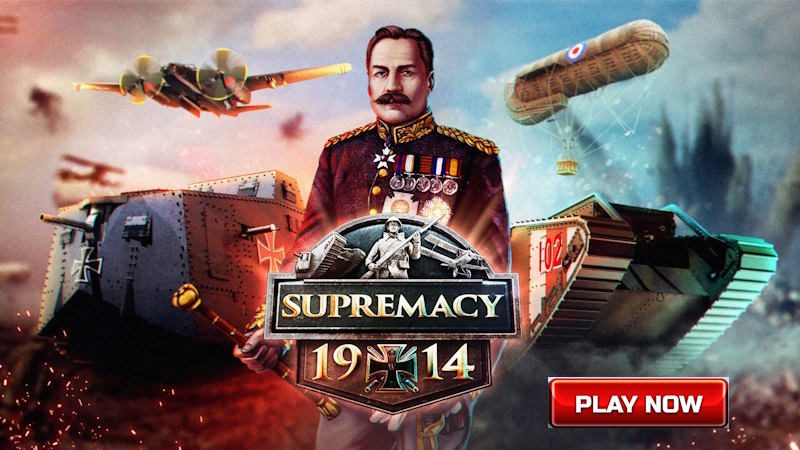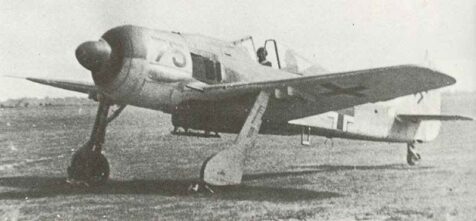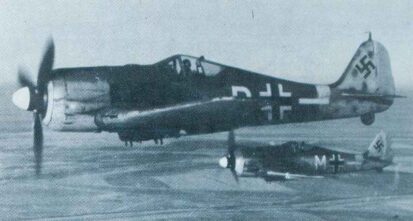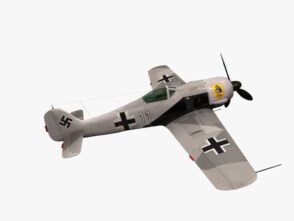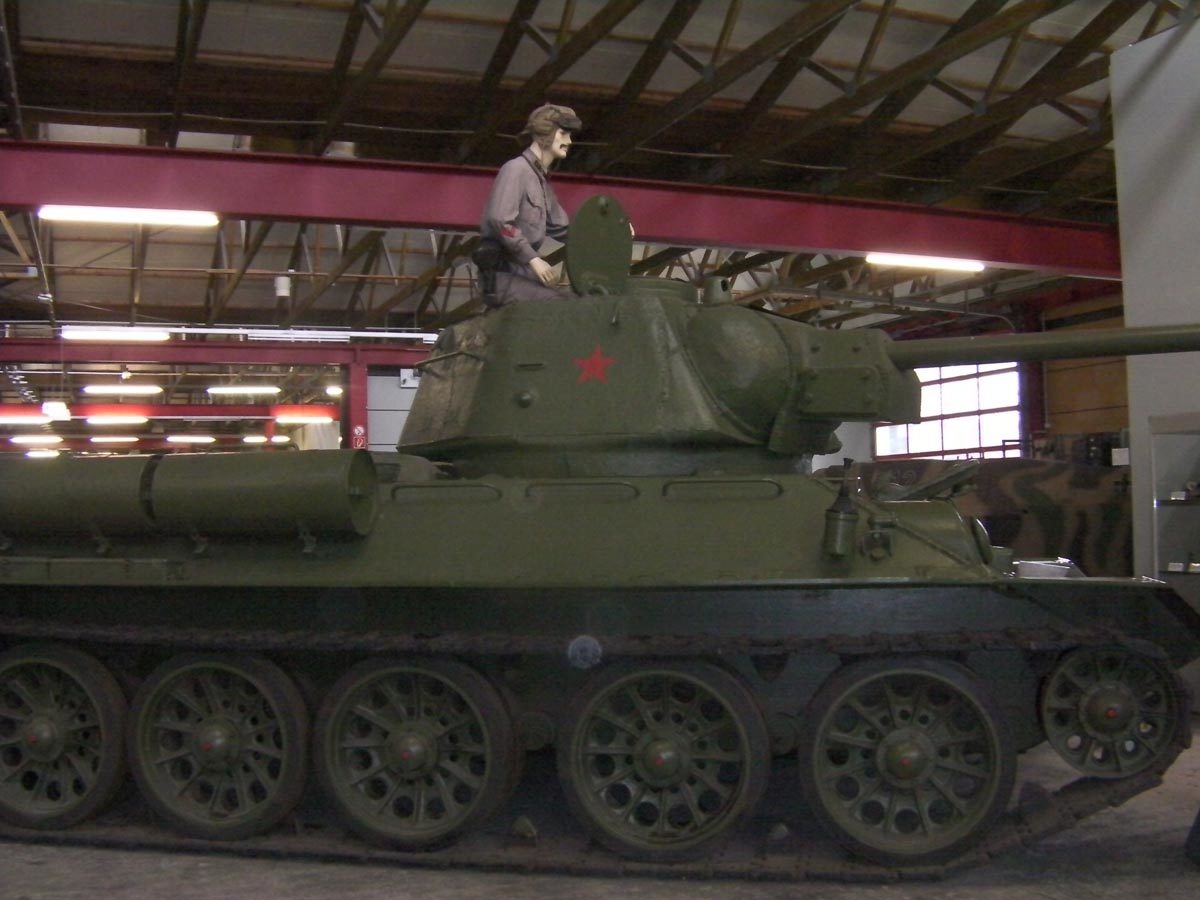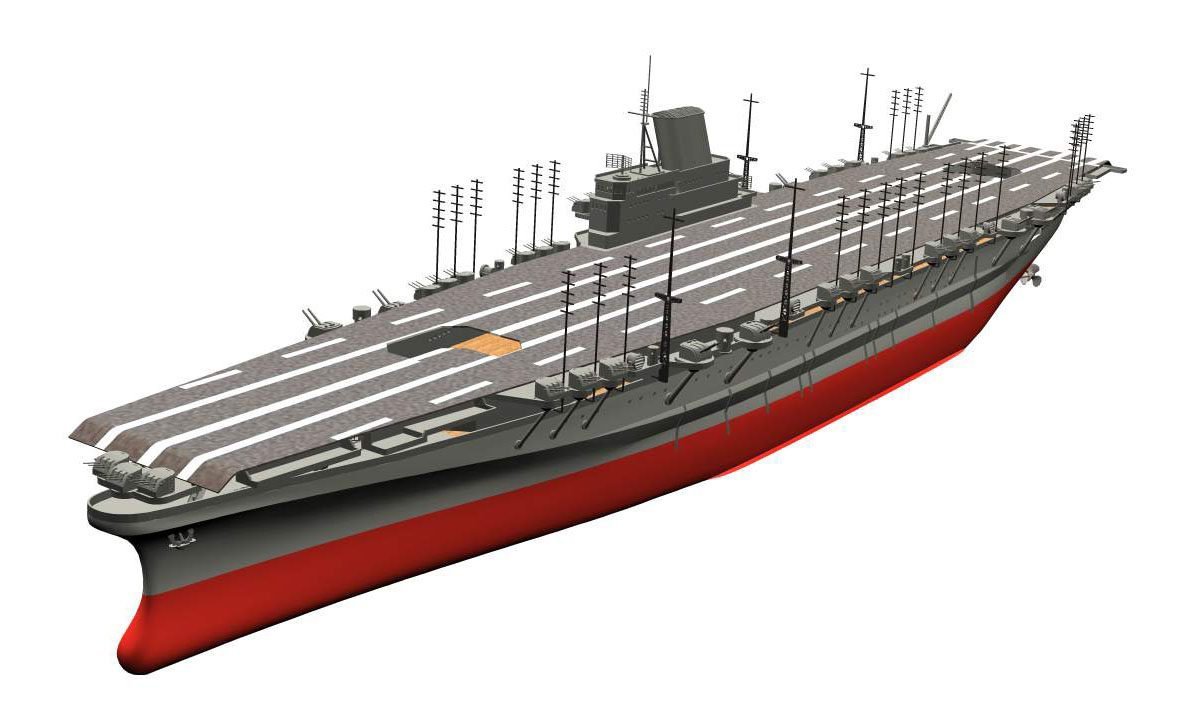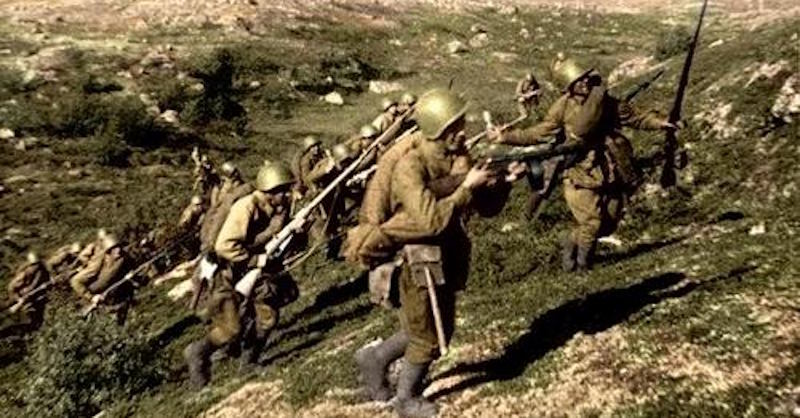German close-support attack aircraft and fighter-bombers Focke-Wulf Fw 190 F, G.
History, development, service, specifications, pictures and 3D model.
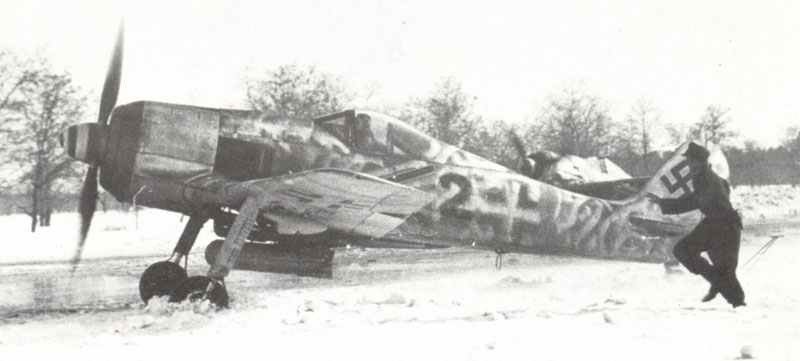
Focke-Wulf Fw 190 Fighter-Bombers
Table of Contents
Focke-Wulf Fw 190 F and G-series.
Type: German Luftwaffe close support attack aircraft and fighter-bomber.
Overview
The Focke-Wulf Fw 190 was one of Germany’s most formidable fighter aircraft of World War II, but it also excelled in the fighter-bomber role (known as “Jagdbomber” or short “Jabo” in German).
Development as Fighter-Bombers:
The Fw 190’s robust airframe, powerful radial engine, and excellent handling characteristics made it well-suited for conversion to fighter-bomber duties. Several variants were specifically developed for ground attack missions:
– Fw 190F series: Specifically designed as close-support aircraft with armor protection and bomb racks
– Fw 190G series: Dedicated long-range fighter-bombers capable of carrying heavier bomb loads
Capabilities:
As fighter-bombers, Fw 190s typically carried:
– A centerline bomb rack for 250kg or 500kg bombs
– Wing-mounted racks for additional smaller bombs or rockets
– The same powerful armament as fighter variants (20mm cannons and machine guns)
The aircraft could deliver up to 1,800kg (4,000 lbs) of bombs depending on the variant, while maintaining much of the performance and defensive capabilities of the fighter versions.
Combat Employment:
Fw 190 fighter-bombers were used extensively on all fronts, with particular effectiveness on the Eastern Front and in the defense of Germany. They performed:
– Tactical bombing missions against Allied ground forces
– Anti-shipping strikes
– Hit-and-run raids against Allied airfields
– Defense against Allied bomber streams (when needed in the air defense role)
Legacy:
The Fw 190 fighter-bomber proved the concept of a multi-role combat aircraft, demonstrating how a successful fighter design could be adapted for ground attack without sacrificing too much performance. This philosophy influenced post-war aircraft development worldwide.
History
The Fw 190 F series’ main type, the F-8, had arrangement for underwing rocket projectiles. The two F and G models had been BMW801-powered, the second becoming mainly fighter-bombers in which gun armament was cut down allowing (on the G-1) a single 3,968 lb (1.8 t) bomb, or on any other G models up to 2,205 lb (ca. 1,000 kg) of small-sized bombs, to be taken.
The Focke-Wulf G and F were a replacement of the Ju 87 Stukas within the ground-support squadrons at the end of WW2.
The F models were close-support attack planes, a few receiving the Panzerblitz assortment of R4M rockets for tank-busting. There have been more than Forty additional specific armaments, and a few of the final models had armored leading edges for ramming B-17 Fortress or B-24 Liberator bombers.
Overall Focke-Wulf 190 manufacturing, which ended in 1945, was around 19,500.
The Focke-Wulf 190 was the first fighter to provide the Luftwaffe a combat edge over the earlier Supermarine Spitfire fighters. Its general adaptability, too sophisticated to list here, had been classified by a number of equipments to evolve serial planes to various tasks, and the allocation of some Eighty trial numbers to individual development planes.
Users: Germany, Croatia, Slovakia, Hungary (for Fw 190 F and G).
Animated 3D model Focke-Wulf F-8
Specifications Focke-Wulf Fw 190 F-8
Specifications:
Fw 190 F-8 | Specification |
|---|---|
Type | fighter-bomber |
Power plant | one 1,700 hp (2,100 hp boosted) BMW 801D-2 18-cylinder two-row radial engine |
Accommodation | 1 |
Wing span | 34 ft 5.6 in (10.49 m) |
Length overall | 29 ft (8.84 m) |
Height overall | 13 ft (3.96 m) |
Weight empty | 7,055 lb (3,200 kg) |
Weight loaded | 10,800 lb (4,900 kg) |
Maximum speed | 408 mph with boost (653 km/hr) |
Initial climb | 2,350 ft/min (716 m/min) |
Service ceiling | 33,790 ft (10,300 m) |
Range | 560 miles (900 km) |
Armament:
Fw 190 F-8 | Specification |
|---|---|
above engine | 2 x 13mm MG131 (930 rpm; velocity 2,461 ft/sec) |
in wing roots | 2 x 20mm MG151/20 (720 rpm; velocity 1,920 ft/sec) |
in outer wings | 2 x 20mm MG151/20 or 2 x 30mm MK108 (650 rpm; velocity 1,705 ft/sec) |
External load | one 3,968 lb bomb on centreline (G-1) or one 551 lb bomb and four 110 lb bombs (up to 2,208 lb) |
Service statistics:
Fw 190 | Data |
|---|---|
First flight Fw190 V1 | June 1, 1939 |
Production delivery | late 1942 (Fw 190F) |
Service delivery F-8 | 1944 |
Final delivery | 1945 (in France 1946) |
Total production figure (all) | Total: 20,001 (of these 6.634 F and G) |
Accepted by Luftwaffe 1/39-12/44 | 16,724 |
Production 1942 (F and G) | 68 |
Production 1943 (F and G) | 1,183 |
Production 1944 (F and G) | 4,279 |
Production 1945 (F and G) | 1,104 |
Fw 190 (all) in First Line Units 20.9.42 | 509 |
Fw 190 (all) in First Line Units 31.12.42 | 580 |
Fw 190 (all) in First Line Units 10.1.45 | 1,561 |
References and literature
The Encyclopedia of Weapons of World War II (Chris Bishop)
Luftkrieg (Piekalkiewicz)
Combat Aircraft of World War II (Bill Gunston)
Das große Buch der Luftkämpfe (Ian Parsons)
Technik und Einsatz der Kampfflugzeuge vom 1. Weltkrieg bis heute (Ian Parsons)
German Aircraft of World War 2 in Colour (Kenneth Munson)
Luftwaffe Handbook (Dr Alfred Price)
Warplanes of the Luftwaffe (David Donald)
The Luftwaffe Album, Bomber and Fighter Aircraft of the German Air Force 1933-1945 (Joachim Dressel, Manfred Griehl)


